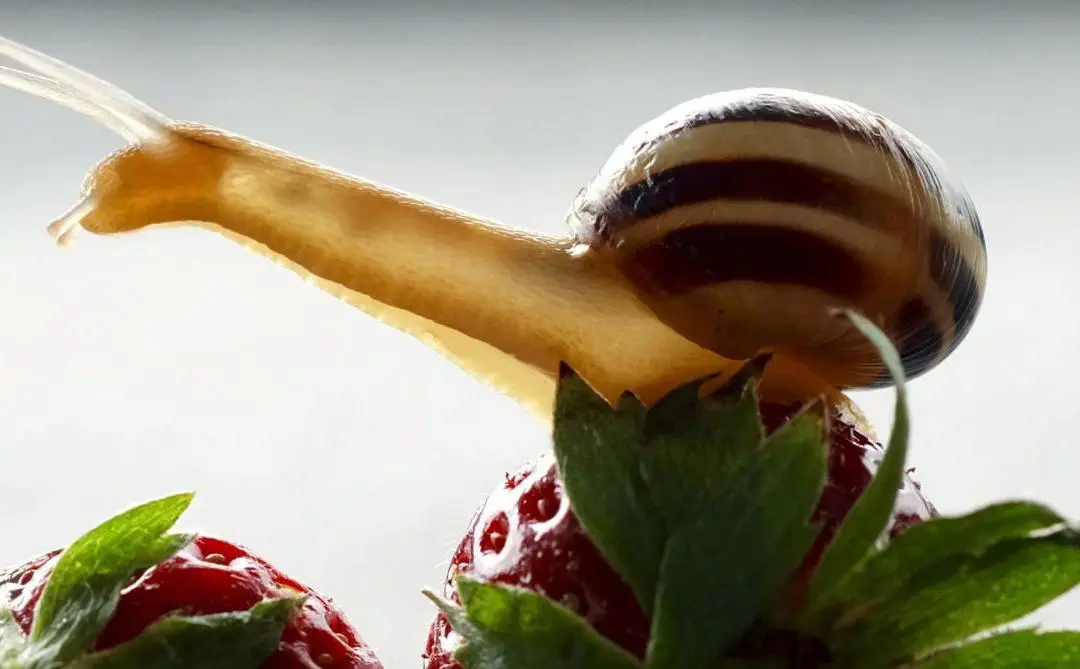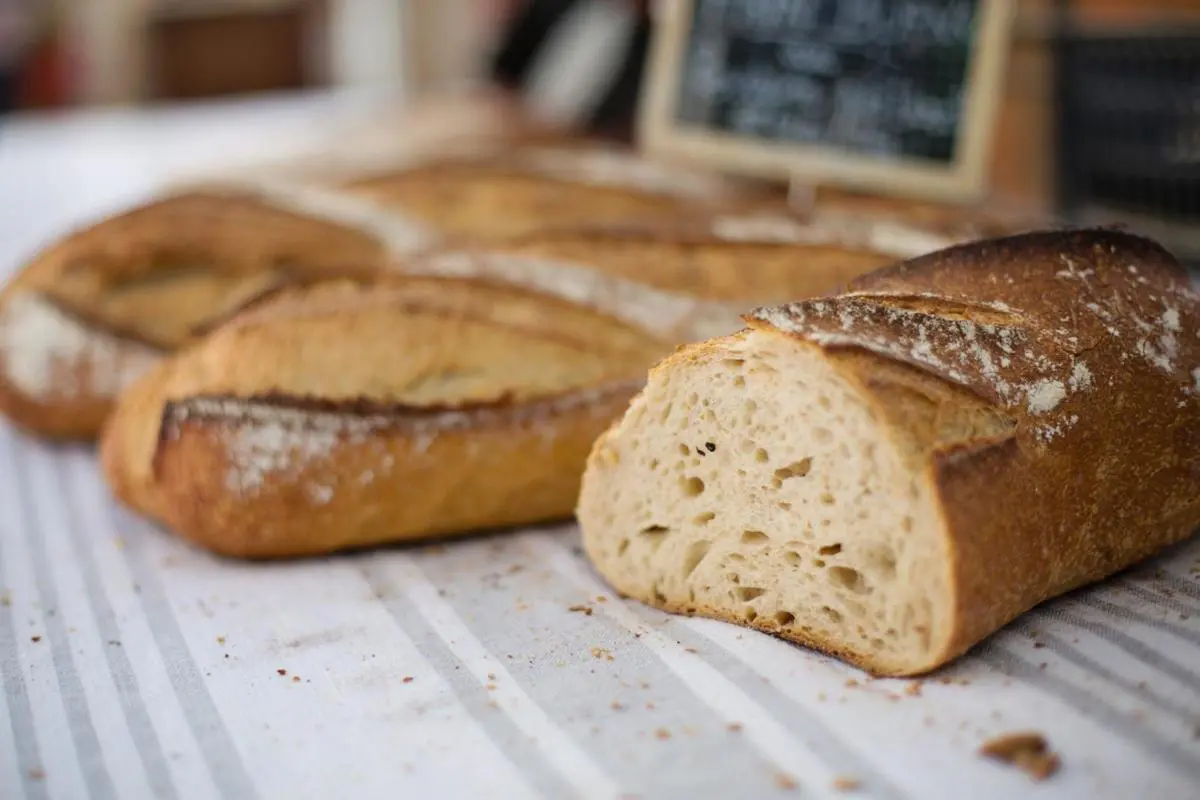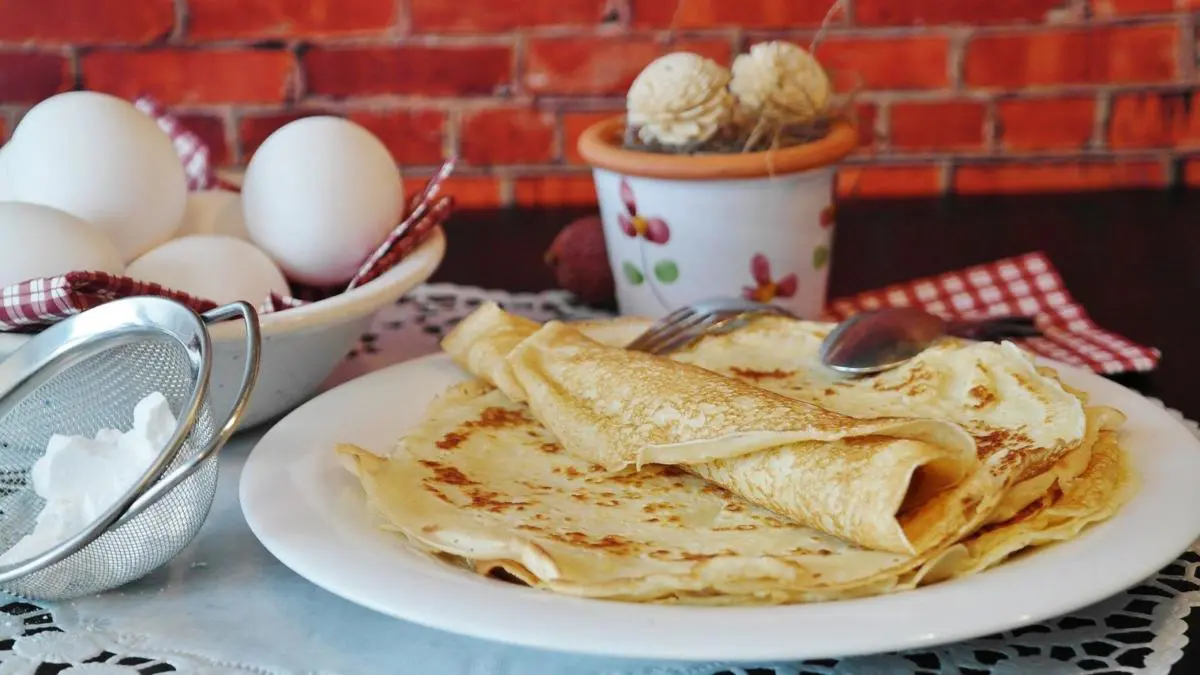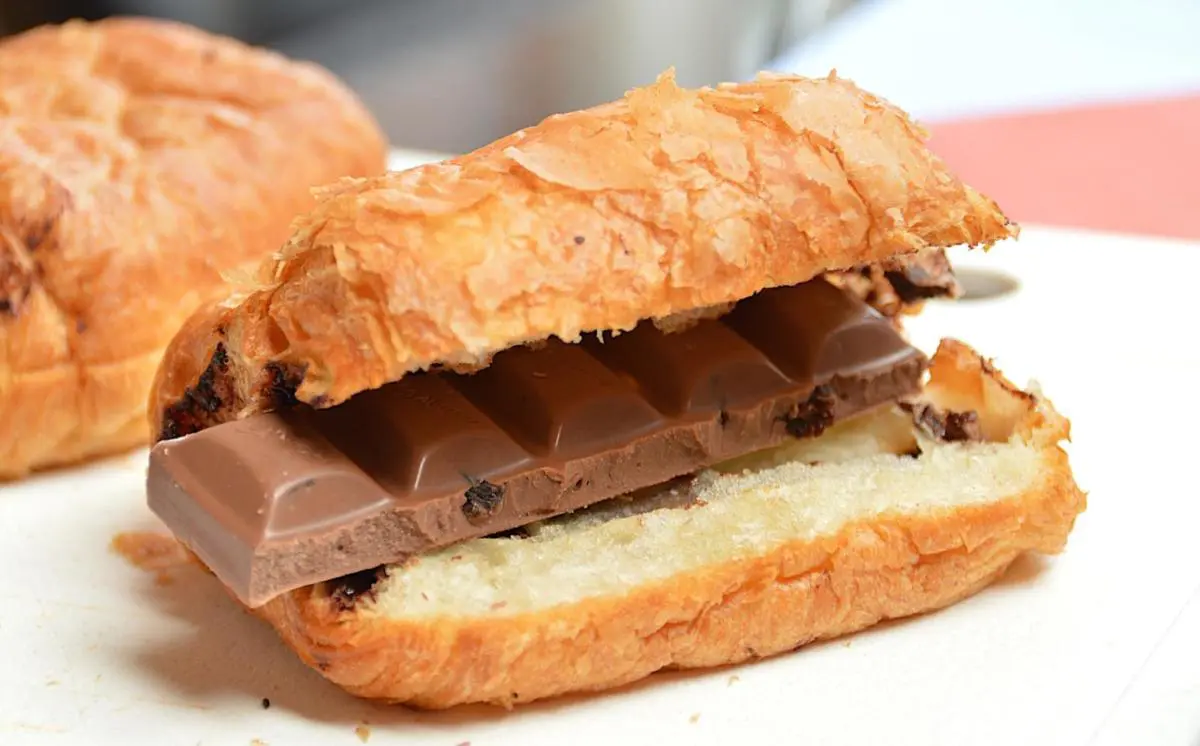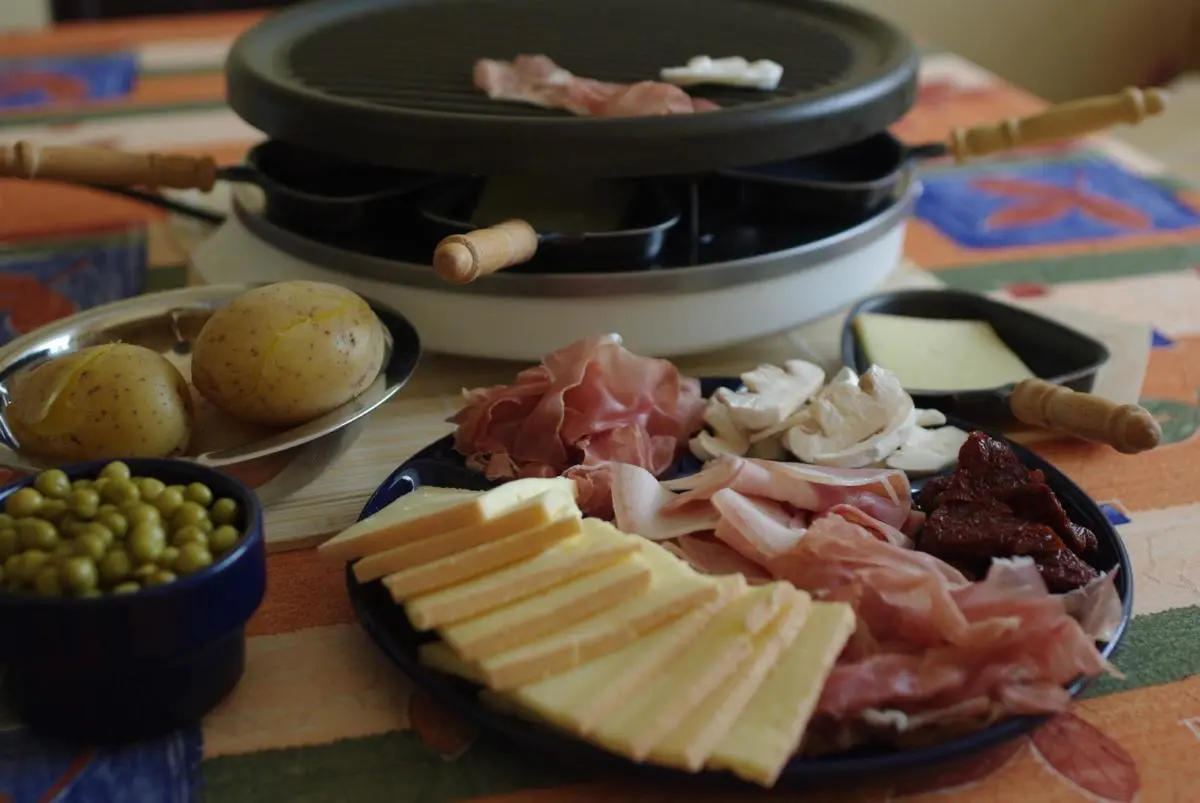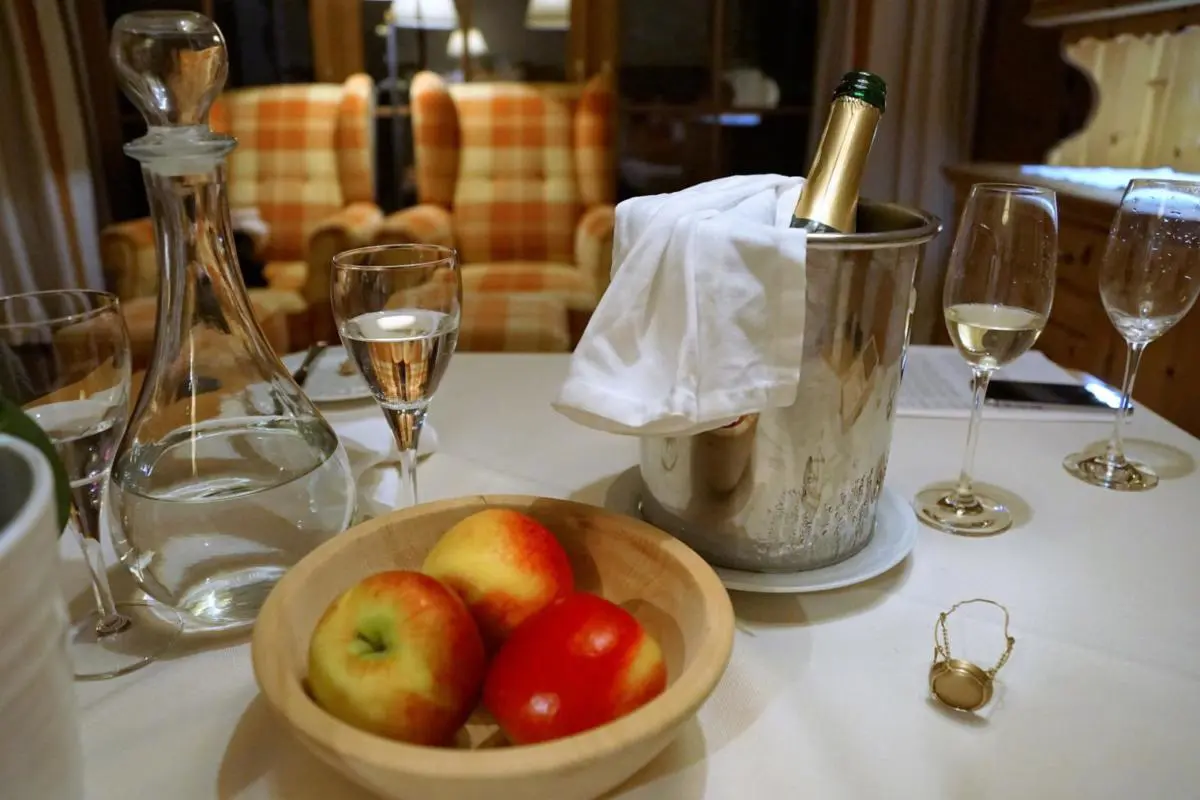When thinking of France, food is often one of the first things that pops into the head. After all, cuisine is a French word and so are most culinary terms: au gratin, au jus, bain marie, beurre blanc are all in the English dictionary. The likes of the late Paul Bocuse and other grands chefs are venerated by culinary arts students and foodies around the world. As a young college graduate, just arrived in Paris, my experience of French cuisine was limited to what I thought à la mode meant (hint: it has nothing to do with food). As a westerner, it might be easier to adapt to French food habits, because most of the ingredients are familiar. However, if you scratch the surface, there are obvious differences and some unusual habits that take some getting used to.
Here are my 20 tips on how to frenchify your daily food habits!
- Worship bread
“A meal without bread is like a day without sunshine”. This saying is actually written on some of the little paper bags that bakeries use. For purists, fresh bread, whether it be a traditional baguette, multigrain or country style, is a daily purchase. And don’t forget bread etiquette (breadiquette?). You don’t place a loaf upside down (bad luck), and your piece goes directly on the table, not on the edge of your plate.
Image by Jill Wellington from Pixabay
- Go light on breakfast
Seemingly void of nutrients, a typical French breakfast is quick and simple: coffee, tea or hot chocolate and bread with butter, jam or Nutella (France consumes more than any other country). But, the importance is in the detail and HOW you eat your breakfast… - Drink your morning café au lait in a bowl
Preferably a blue Breton one with your name painted on it in calligraphy. - Dunk your buttered tartine in your coffee or hot chocolate
Messy but delicious! If you’re living in le Nord you can even adopt the local tradition of dipping your Maroilles (AKA “Mother of all stinky cheeses”) laden toast right in your morning Chicorée. If you haven’t seen Bienvenue Chez les Chti’s – this is a must see film to get the hang of it! - French Toast isn’t an option for breakfast.
Pain perdu is a dessert to make when you have stale bread. Remember, bread is sacred. - Never store eggs in the fridge
Leave them at room temperature and trust nature. The French supermarkets don’t refrigerate them, so neither should you. - Speaking of eggs, eat them raw!
Whether it’s chocolate mousse or mayonnaise, fresh homemade is the best and includes yummy raw eggs (that have been stored outside the fridge). - Throw eggs on everything
This includes pizza (one egg in the middle), croque-monsieur (transforming it into a croque-madame) or a hamburger patty (transforming it into a steak à cheval). - Store crêpes at room temperature (in the microwave or oven)
You’ve just gone through all the trouble of preparing batter from scratch and made a huge pile of perfectly thin and delicate crêpes. Don’t ruin it by storing any leftovers in the fridge, which will make them chewy. Instead, wrap them on a plate with cellophane and hide them in the microwave or oven. The pile will disappear before you can say salmonella anyway! - Embrace pastry crust and wrap everything in it!
Boeuf en croûte, pâté en croûte, saumon en croûte, saucisson en croûte, etc. - Worship cheese
A different one for each day of the year. Nuf said. - Horses and rabbits are food
So are snails and frogs. Get used to it. A boucherie chevaline is specialized in horse meat, so now you know.Image by David Mark from Pixabay
- Love the entire pig, cow, lamb, etc.
The expression tout est bon dans le cochon (“everything in the pig is good”) rings true as soon as you step into a French butcher shop offering pig’s feet, cow tongue, lamb’s brain and calf kidneys. Still a shocker despite memories of what older generations in the US might have enjoyed. I remember the jar of pickled pigs feet on the butcher’s counter in my town. Perhaps it was the French Canadian influence in my native Vermont? - Everything in Moderation
Volumes have been written on the French diet. The main takeaway is that the French eat a little bit of everything. This includes full fat cheeses, buttery pastries and high calorie pâtés and desserts. But all in small quantities and within a diverse, well-balanced diet. - One snack a day and it’s called le quatre heure. A square of chocolate tucked in a piece of fresh baguette. You get bonus points (and calories) if you add a pat or two of salted butter.
Photo by form PxHere https://pxhere.com/en/photo/753907
- Invest in Special Equipment
Go beyond the retro fondue set, that even I was familiar with as a kid, although I never saw anyone actually use it. You also need to add a few other kitchen utensils to your arsenal: Foie gras cutting set, cheese cutting, raclette set… - The entrée comes at the very beginning of a meal.
- Green salad comes at the end.
- Dessert is not optional
Something sweet to end a repas is tradition, although it can be a piece of fruit, a cup of yogurt or a square of chocolate with your after dinner coffee. - Take your time!
An hour to enjoy an espresso en terrasse is totally acceptable. Kids get an hour for lunch at school. Their parents get a 90 minutes midday break and taking two hours for lunch is definitely not unheard of (at least in the South where the motto is tranquille).Image by photosforyou from Pixabay
Jennifer was Renestance's Activity & Excursions Coordinator between 2015 and 2020, a bilingual American from Vermont who's been loving her life in France since 1998. She was passionate about sharing her knowledge and allowing you to discover all of the scenic, cultural and culinary wealth of the Languedoc-Roussillon region.
All articles by: Jennifer Rowell-Gastard

